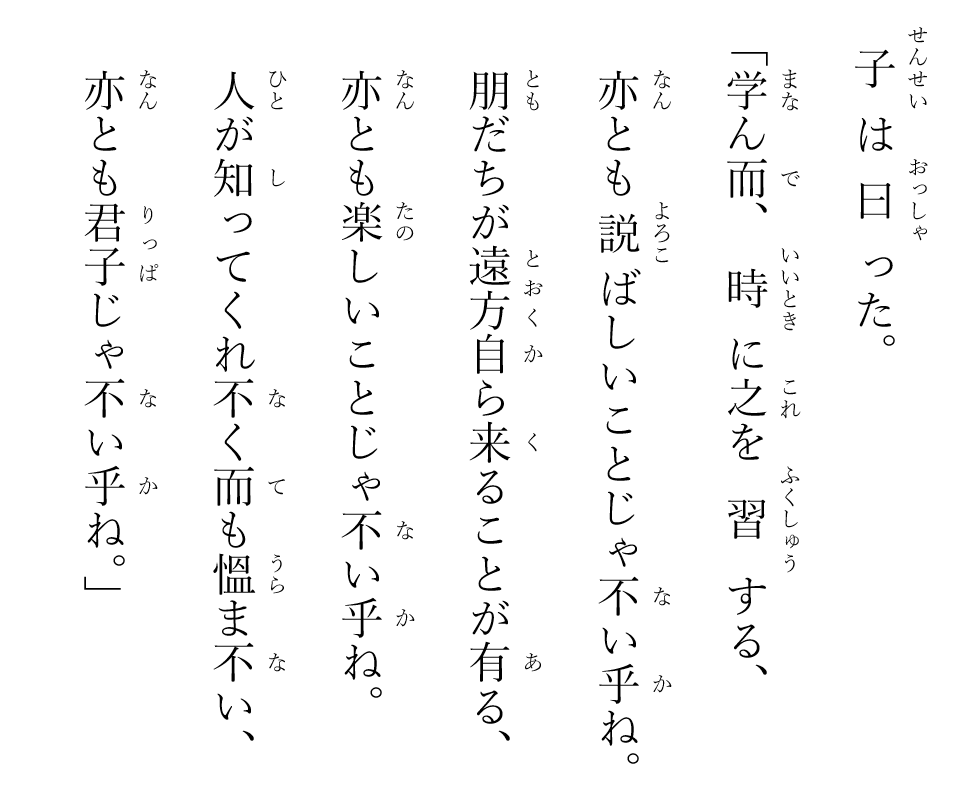Peerage in Ming Dynasty and its use in Melaka
When Zhu Yuanzhang 朱元璋 founded the Ming Dynasty in 1368, his eldest son Zhu Biao 朱標 (10 October 1355 – 17 May 1392) was made the crown prince 太子 and heir-apparent to the Ming throne.
His other twenty+ sons were titled Prince of the First Rank 親王 and were each given a province (or princedom) to govern, for examples,
- Zhu Shuang 朱樉 (3 December 1356 – 9 April 1395) Prince of Qin 秦王 (enfoeffed in Xian 西安)
- Zhu Gang 朱棡 (18 December 1358 – 30 March 1398) Prince of Jin 晉王 (enfoeffed in Jinyang 晉陽)
- Zhu Di 朱棣 (2 May 1360 – 12 August 1424) Prince of Yan 燕王 (enfoeffed in Beiping 北平)
- . . .
- . . .
- . . .
- Zhu Yí 朱㰘(9 July 1388 – 8 October 1414)Prince of Yi 伊王 (enfoeffed in Luoyang 洛陽)
In 1392, however, the relatively young crown prince Zhu Biao 朱標 died at the age of 37, and his second-eldest son Zhu Yunwen 朱允炆 was elevated to the role of heir-apparent when he was 15. When his grandfather passed away six years later in 24 June 1398, Zhu Yunwen ascended to the throne lawfully but Zhu Di (the then most eligible Prince of First Rank to claim the Ming throne, since all three of his elder brothers were dead by April 1398) decided to usurp the power from his nephew.
On 13 July 1402, Zhu Di captured the imperial city and concluded his Jingnan 靖難 campaign successfully: The old imperial palace in Nanjing was heavily destroyed by fire and Zhu Yunwen was declared missing. Zhu Di installed himself four days later and began to rule with the regnal name of Yongle 永樂.
It is believed the new emperor very quickly ordered the construction of large number of ocean-going vessels since diplomatic mission led by Eunuch Yin Qing was commanded to visit Melaka 满剌加, Kochi 柯枝 and other Southeast Asia countries on 28 October 1403.
永樂元年十月丁巳:A number of envoys from three countries (Samudra 蘇門荅剌, Melaka 满剌加, Galle|Kalikut 古里) followed Yin Qing's return trip to Nanjing. See Tàizōng Shílù Fascicle 46, p. 711, journal entry dated 3 October 1405,
遣內官尹慶等,賫詔往諭满剌加、柯枝諸國賜其國王, 羅銷、金帳幔及傘,并金織、文綺、綵絹有差。
永樂三年九月癸卯:
蘇門荅剌國酋長宰奴里阿必丁、满剌加國奠長拜里迷蘇剌、 古里國酋長沙米的,俱遣使隨奉使中官尹慶朝貢。 詔俱封為國王給與印誥併賜綵幣、襲衣。
In Nanjing, the unnamed Melaka envoy communicated Parameswara's strategic request to have the Malay kingdom upgraded to a Ming protectorate and on 11 November 1405, Zhu Di greenlighted this request, effectively equalizing Melaka to Siam since Siam was also a Ming protectorate who paid annual tributes to Ming court (recall that the political influence of Siam extends until Temasik at the time).
永樂三年十月壬午:
賜滿剌加國鎮國山碑銘。 時,其國使者言:其王慕義,願同中國属郡,歲郊職貢; 請封其山為一國之鎮。上嘉之,諭禮部臣,曰: 先王封山川、奠疆域、分寶玉、賜藩鎮,所以寵異遠人示無外也,可封其國之西山為鎮國之山,立碑其地。
In the edict, Zhu Di ordered a stone tablet 鎮國山碑 to be erected on Bukit Cina 西山. This was the firstlater a second tablet 壽安鎮國山碑 and third stone tablet 長寧鎮國山碑 was conferred to the third leader of the Shogunate of Japan: Ashikaga Yoshimitsu 足利義満, and to the King of Brunei to commerate his untimely death in Nanjing stone tablet issued to a foreign polity after Zhu Di ascended to the throne, and Parameswara was effectively recognized as the Prince of the Third Rank 鎮國將軍, and Melaka as a Subsubprovince of the Foreign Subprovince cluster.
One of the most interesting inscriptions from S. Asia, and some of the strongest evidence for the cosmopolitanism of medieval #LKA ports: the Galle Trilingual inscription. Chinese, Tamil, and Persian portions, all honoring, in one way or another, the god of Devinuwara / Dondrapic.twitter.com/Ut6rbDKHdO
— Philip Friedrich (@mrpils7) July 11, 2018








Comments